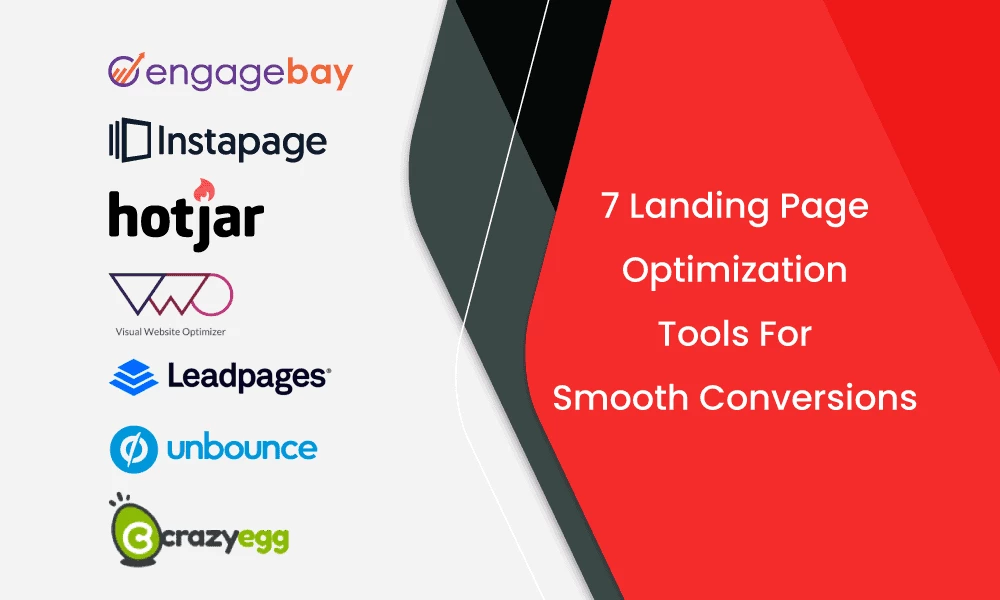Introduction
A well-optimized landing page can significantly impact your online marketing campaigns by improving conversion rates and maximizing the return on your investment. Landing page optimization involves refining and enhancing various elements of your landing page to create a compelling user experience that motivates visitors to take action. In this article, we will explore effective tricks and useful tools for landing page optimization. From crafting persuasive headlines to optimizing form fields and leveraging A/B testing, we will provide valuable insights and practical techniques to help you create high-converting landing pages.
Crafting Compelling Headlines
- The headline is the first element visitors see when they land on your page. A compelling headline captures attention and entices visitors to continue exploring your offer. Key aspects of crafting compelling headlines for landing page optimization include:
1.1 Clear and Concise Messaging: Clearly communicate the value proposition and highlight the key benefits of your offer in a concise and engaging manner.
1.2 Emotional Appeal: Appeal to visitors’ emotions by emphasizing the positive outcomes they can achieve by engaging with your product or service.
1.3 Incorporating Action Words: Use action-oriented language in your headlines to inspire visitors to take immediate action and drive conversions.
Streamlining the Call-to-Action (CTA)
- The call-to-action is the most critical element on your landing page. It directs visitors to take the desired action, such as making a purchase or submitting their contact information. Key aspects of streamlining the call-to-action for landing page optimization include:
2.1 Clear and Visible Placement: Position the CTA prominently on the page, ensuring it stands out and is easily identifiable.
2.2 Compelling and Actionable Text: Use persuasive and action-oriented language on the CTA button to motivate visitors to click and engage further.
2.3 A/B Testing: Test different variations of your CTA, such as button color, size, and wording, to determine the most effective combination for maximizing conversions.
Optimizing Form Fields
- Forms play a crucial role in collecting visitor information and generating leads. Optimizing form fields ensures a seamless and frictionless user experience, increasing the likelihood of form submissions. Key aspects of optimizing form fields for landing page optimization include:
3.1 Minimalist Approach: Keep the number of form fields to a minimum to reduce user effort and increase completion rates. Only request essential information.
3.2 Progressive Profiling: Utilize progressive profiling techniques to collect additional information gradually over time, allowing users to complete shorter forms initially.
3.3 Autocompletion and Validation: Implement features such as autofill and real-time validation to streamline the form filling process and minimize errors.
Creating Persuasive Visuals
- Visuals play a significant role in capturing attention, conveying information, and reinforcing the value of your offer. Key aspects of creating persuasive visuals for landing page optimization include:
4.1 High-Quality Imagery: Use high-resolution, relevant images that align with your brand and evoke positive emotions in visitors.
4.2 Visual Hierarchy: Employ visual hierarchy principles to guide visitors’ attention and highlight key information, such as product features or testimonials.
4.3 Videos and Multimedia: Incorporate engaging videos or interactive multimedia elements to communicate complex ideas or demonstrate product functionality effectively.
Implementing Social Proof
- Social proof builds trust and credibility, motivating visitors to take action. Key aspects of implementing social proof for landing page optimization include:
5.1 Customer Testimonials and Reviews: Display testimonials and reviews from satisfied customers to showcase positive experiences and build trust.
5.2 Trust Seals and Certifications: Include trust seals, certifications, or security badges to assure visitors that their information is secure and establish credibility.
5.3 User-Generated Content: Highlight user-generated content, such as social media mentions or customer-generated images, to demonstrate that others are engaging positively with your brand.
Leveraging A/B Testing
- A/B testing is a crucial technique to optimize your landing pages continually. It involves testing different variations of page elements to identify the most effective combinations. Key aspects of leveraging A/B testing for landing page optimization include:
6.1 Testable Elements: Identify testable elements, such as headlines, CTAs, form fields, or page layouts, and create multiple variations to measure their impact on conversion rates.
6.2 Statistical Significance: Ensure you have a sufficient sample size and statistical significance to draw meaningful conclusions from your A/B tests.
6.3 Continuous Iteration: Implement an iterative approach to A/B testing, making incremental changes based on data analysis and insights gained from previous tests.
Conclusion Landing page optimization is essential for maximizing conversions and improving the effectiveness of your online marketing campaigns. By implementing the tricks and utilizing the tools mentioned in this article, you can create landing pages that engage visitors, communicate value, and motivate them to take action. Remember to continuously test, analyze, and optimize your landing pages to stay ahead of the competition and adapt to evolving customer preferences. With a well-optimized landing page, you can enhance your online marketing efforts and achieve higher conversion rates, leading to the growth and success of your business seo services .

